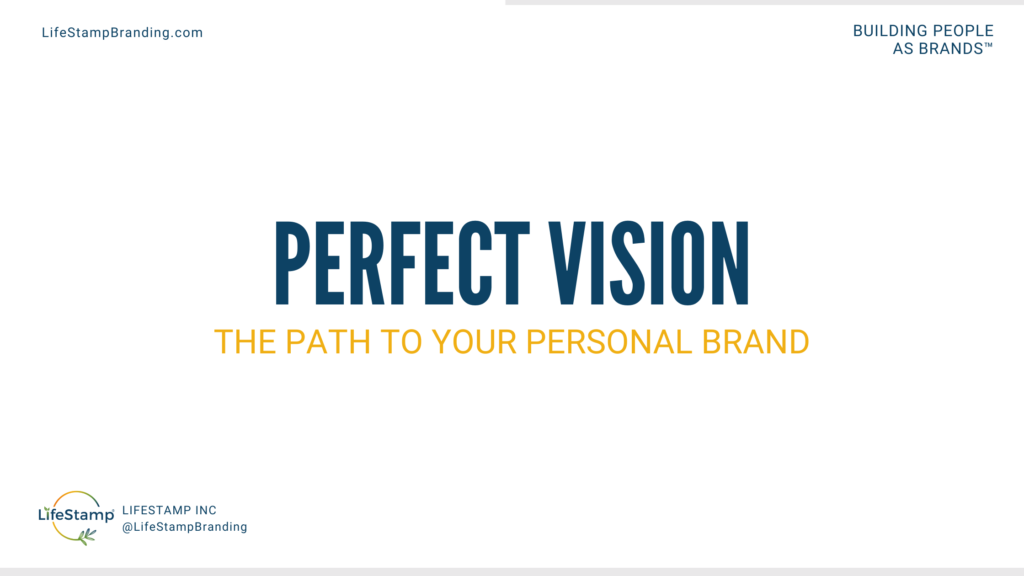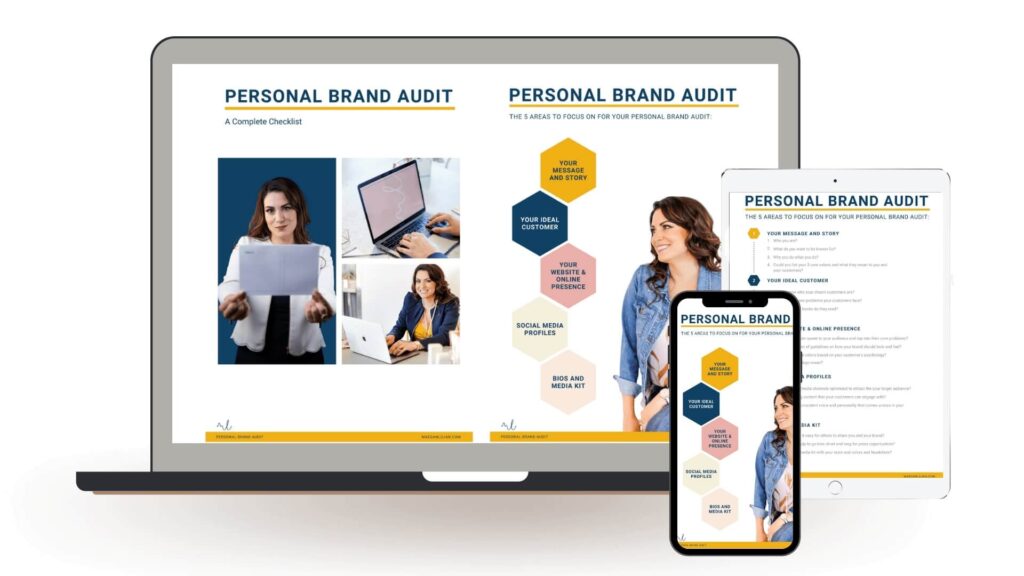
We all face obstacles in our journeys, and we all have the choice of how we respond to them. By taking ownership of our journey and the choices we make, we are free to create a new path forward.
I’m a testament to all of the above.
My life, success, and reality should have been different based on where I came from.
I grew up without a mother or father, at least not in the traditional sense. My basic needs weren’t met.
I was a foster kid, and I experienced everything that went along with that stigma.
Then, at 14, I was entirely on my own. I didn’t go to high school. There wasn’t any college. I did, however, fight daily to survive.
Here I am, nearly two decades later, at the top of my game. I’m leading a team at a Fortune 500 corporation.
I’m successful in ways I never dreamed possible, but always had an inclination could be in my future.
My upbringing, or lack thereof, gave me the skills needed to thrive in a professional capacity.
Because of that, I’m passionate about helping others learn how to chart their own path and turn their liabilities into the exact things that propel them forward.
CHARTING MY OWN PATH
When I envisioned my future, magazine covers and awards were not included in it. Creating a lifestyle different than the one I was living in was. That’s what propelled me forward.
I recall when The Cannata Report first launched this Women Influencers franchise—well before the trend of woman’s advocacy was commercialized in the workplace. Sue Wilson, Toshiba’s Vice President of Supply Chain, was on the cover if the first edition.
A colleague saw it on my desk and said, “One day, that will be you.”
To which I replied, “That will mean I’ve made it.”
Six years later, I did exactly that.
As I was preparing to share my story with those attending the Women Influencers brunch, I was overwhelmed with two competing emotions.
The first, an overwhelming sense of gratitude. The second, a whispering breeze of insecurity that sent chills up my spine. It was impostor syndrome hitting me.
Could I really share my story?
Would it genuinely inspire those around me?
My career path was far from a straight line. At first, I took any job possible to make ends meet and survive.
Then, I followed my curiosity up the corporate ladder by starting as a temporary document scanner operator at a bank.
From there, I moved into a position selling document scanning and archival software.
With each role, I’ve developed critical skills that served as stepping stones to the next opportunity.
In my quest to understand how products were developed, I accepted a worldwide leadership role as a partner at a software company.
While there, I grew my technical knowledge of imaging, print, document, and content management technology.
At this point, I was developing my passion for product lifecycle management and go-to-market strategy, which led me into portfolio management. This ultimately landed me my current director role at Toshiba.
All of that hard work led me to being recognized as one of The Cannata Report’s Women Influencers of 2019.
Why am I sharing all this info with you? Because if you want to be successful in today’s world, you need to do the same.
And, as someone who has done this successfully, I’m often asked over and over again by others how I show up digitally and navigate telling my journey while simultaneously having a corporate brand.
OWNING YOUR PERSONAL BRAND
Being recognized as by The Cannata Report helped me realize that owning your personal brand can be the catalyst to your promotion—both as an entrepreneur and in Corporate America.
When I started to dig deeper to understand the role personal branding plays, I quickly realized that there are similar principles that apply when bringing products and solutions to market for businesses as there are with for personal brands.
We live in a day and age where technology has handed us a plethora of brand creation and management platforms.
We get to tell our story, live our lives, and encourage others on their paths for free, with these social tools.
But that’s not all.
You’ve never had a more exceptional ability to grow your network or build your resume than you do in today’s digital world.
This is why it is so important to be intentional about how you craft your brand.
Your brand is your story. It’s claiming your voice and dictating your future. It’s taking control of what you put into this world and being the author of how your story is told.
While you may not aspire to be an internet celebrity or win industry awards, you’re still hard at work climbing the ladder to success.
No matter what your definition of success may be. You want people to take you seriously and know that you are a force to be reckoned with.
I get it because I’ve been there.
My story, and how it started, is not paved with privilege and a first-class education. It is one of loss, loneliness, and struggle. But I turned that story into one that I am now proud to tell.
I turned foster care, no high-school diploma, and the lack of a college degree into the narrative of a professional woman sitting at the top of a world-renowned company, innovating, winning awards, and setting new records. Because that’s what I’m doing.
If you looked at my past, you’d see I wasn’t supposed to be in the role I am today. This goes to show that the definition of who you are on paper doesn’t determine your path forward.
You can change the narrative, albeit your brand, at any point in time that you choose.
Thanks in part to my personal journey, I’m passionate about helping others learn how to chart their own path. I want to assist them in determining their why, finding their passion, and communicate their story.
Whether it’s brand strategy positioning for companies, portfolios, or business professionals themselves, I know I can help define and build brand foundations that make others take notice.
Which is why I want to encourage you to share your story. And to start sharing it now.
ENVISIONING YOUR BRAND
One of the things that I mistakenly learned along my journey is that the people who dare to dream and work towards those dreams with daily action, eventually create the life they want.
Your personal brand strategy is who you are, where your headed, and how you plan to get there. Your strategy will help you define your brand and help guide you on how to manage your marketing efforts and determine success.
But you can’t become what you can’t envision. So, before anything else, you need to envision where you want your life—and personal brand—to be.
ESTABLISHING YOUR BRAND PURPOSE
First, you need to define your brand purpose.
Why do you do what you do? It shouldn’t be about making money. Rather, the answer to this question should lie with the reason you exist. This is your purpose, cause, or belief.
Next you should spend time thinking about how do you do what you do? What are the things that make you special or that set you apart from your competition? Knowing these is key.
This is your process. Your secret sauce.
Finally, think about what do you do? I can be the actual things that you do, the products you sell or the services that you offer.
This is your passion. It’s what drives you and keeps you going.
IDENTIFYING YOUR BRAND PILLARS
Brand pillars are the words that describe your mission, purpose, values, and vision, as well as your tone, look and feel.
If you haven’t spent any time analyzing your mission, or your why, belief, and culture, then now is perfect time.
Do you know what your value statement even is? If so, write it down and carry it with you everywhere. If not, put pen to paper—or fingers to keyboard—and write yours down.
Can you clearly explain your purpose and how your offering will solve your target audience’s problem? Having this information committed to memory and ready to go at a moment’s notice will serve you well.
The same can be said for a positioning statement.
A positioning statement explains your purpose. It also explains how your offering will solve a problem, in your brand voice.
Remember your secret sauce from above? This is how you’ll share it with people.
Make sure you spend extra time crafting your voice and tone to establish the credibility of your vision, purpose, and positioning through communication.
The tone of your communication is just as important as the method of communication you use. Even if your communication method will vary across digital platforms.
More than anything, your personal brand is an emotion and a feeling. It’s the perception of you that you own, craft, and communicate.
For this reason, be intentional as you move forward with the look and feel of your personal brand.
TYING IT ALL TOGETHER
How can you go about tying this all together without feeling overwhelmed?
By making a mood board.
Yes, even if you feel you’re not the mood board type of person.
A mood board is essential to helping you visually see what you want your personal brand to look like.
Get Your Editable Mood Board Guide To Bring Your Vision To Life!
It also is a valuable resource any hired design resource will need to bring your branding vision to life.
The goal is to complete your mood board using examples that are in alignment with the work mentioned did earlier.
Remember, your personal brand is more than a fancy logo or appealing color palette. Your personal brand is about who you are and what you do.
If you get stuck, and need some inspiration, while working on your mood board, my go-to for anything ideation—including business-related visuals—is Pinterest.
Want to learn more about how to bring your story to life? Get tactical steps to build by clicking here.


